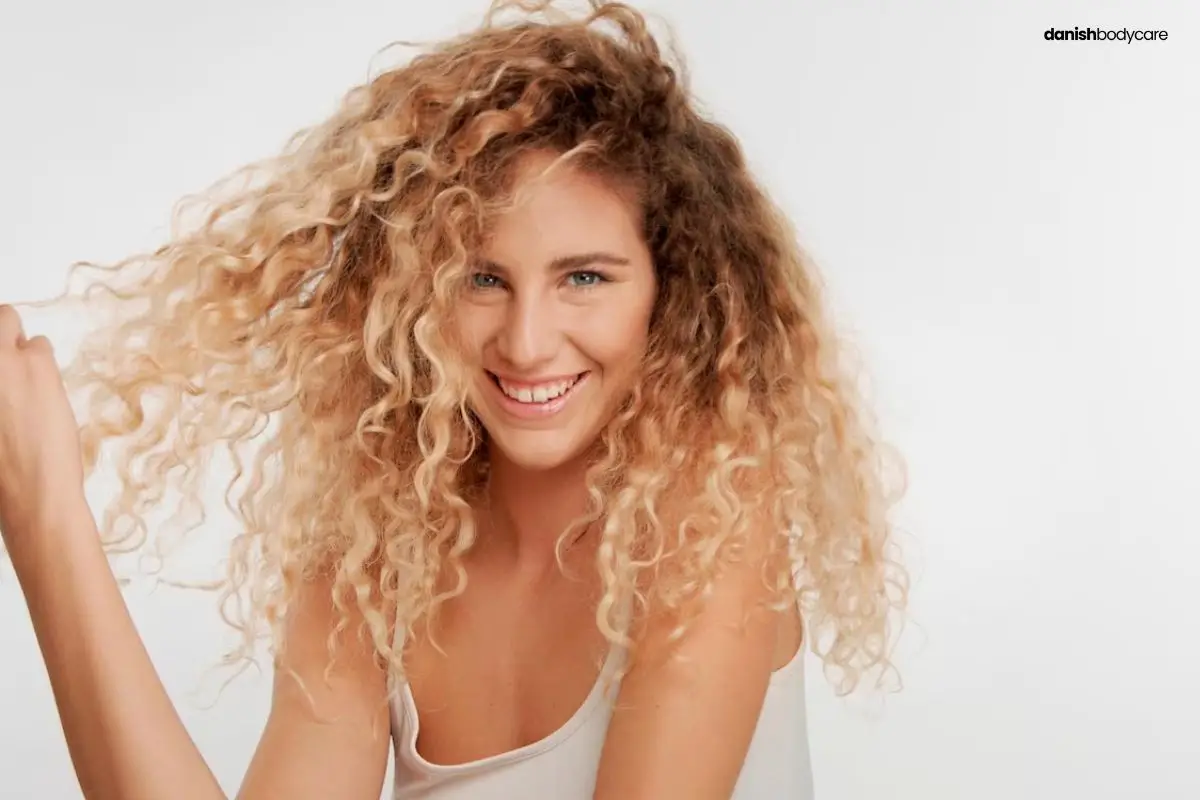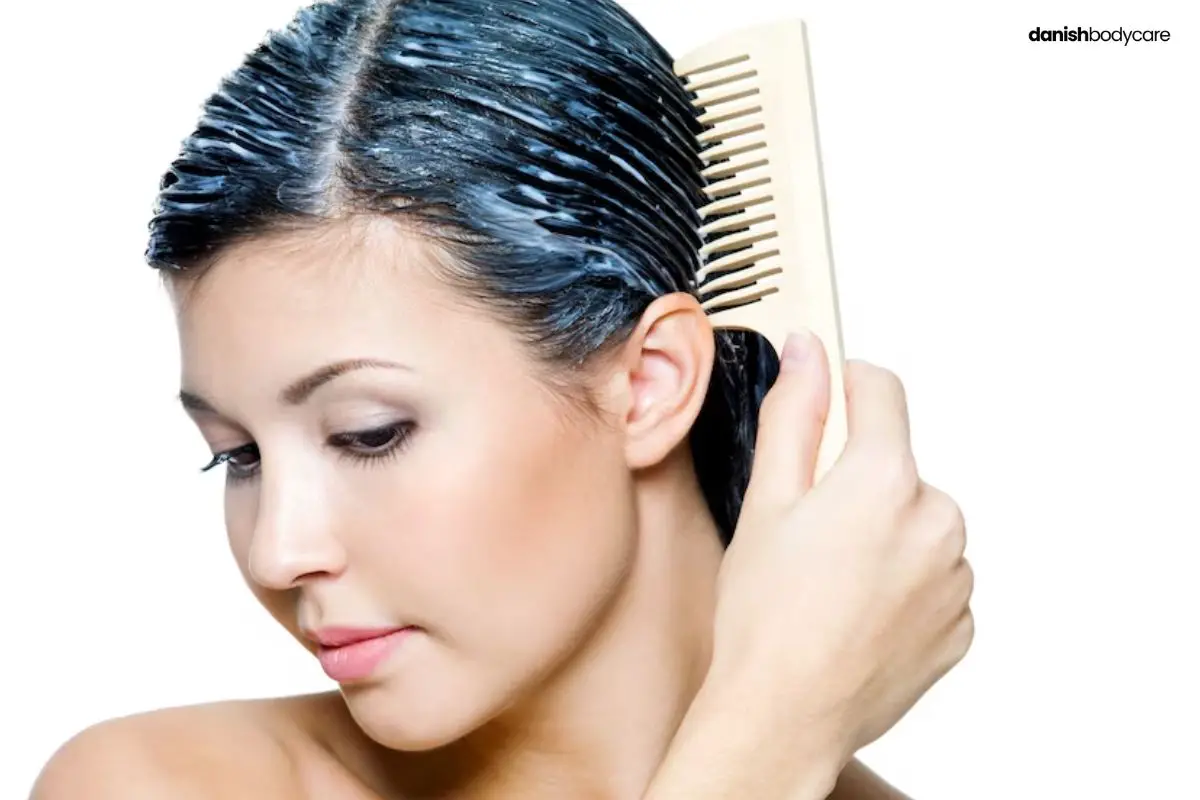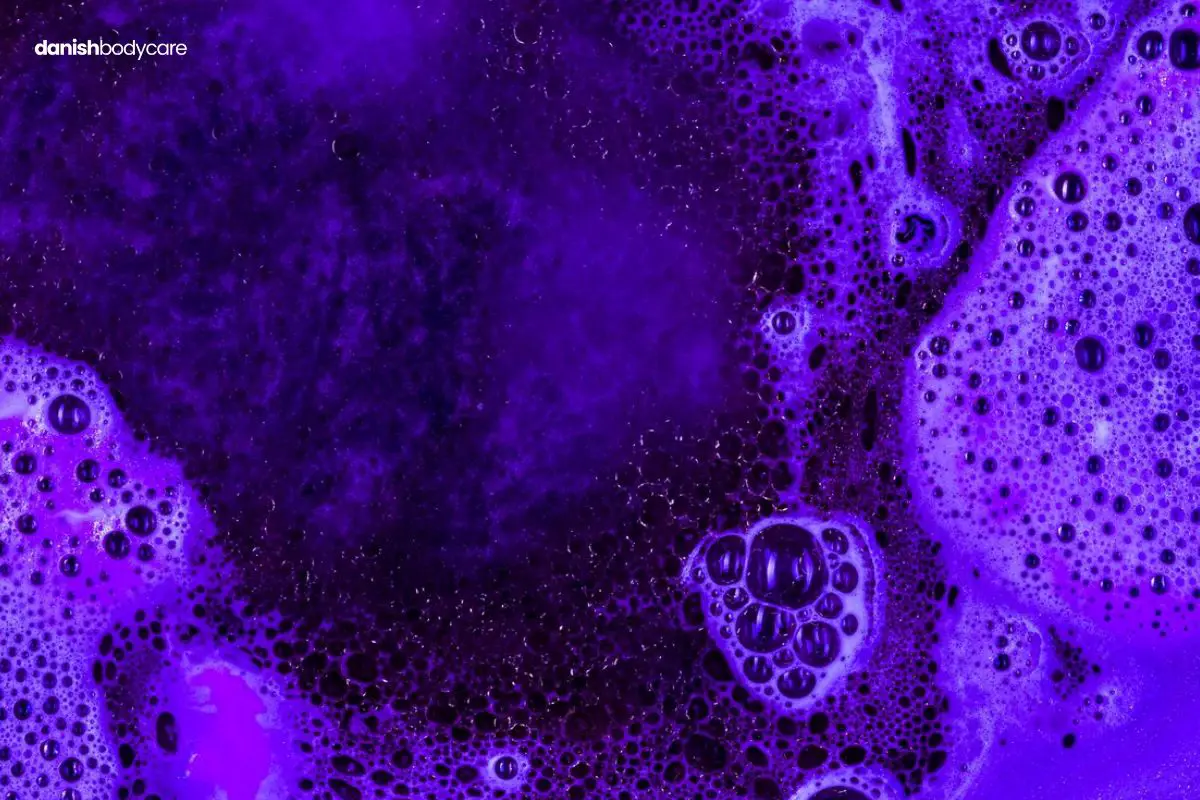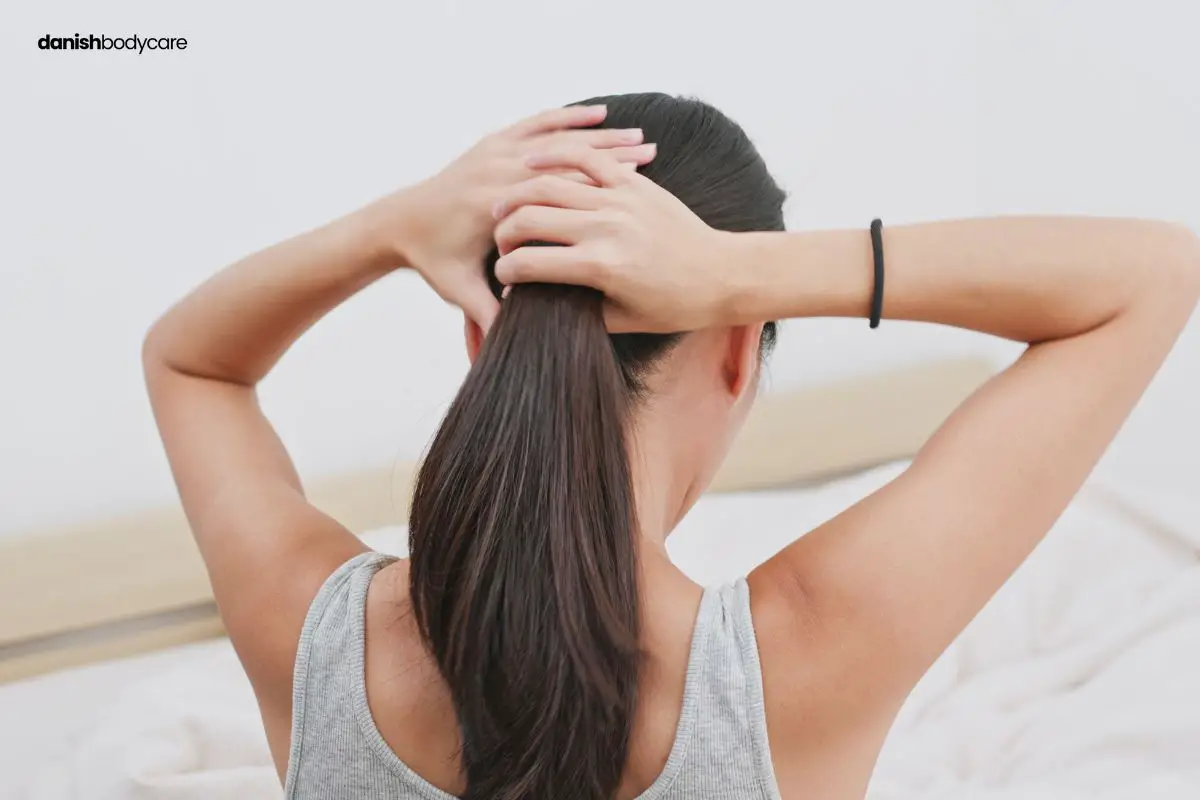Bleaching curly hair is a beauty trend that’s gaining popularity. Yet, it’s not as simple as it looks. Bleach can be harsh on curls.
If done wrong, you risk damage. Your curls could lose their shape. In this article, we guide you through the process.
We’ll discuss how to prepare, what products to use, and aftercare. Follow our expert tips to achieve that lighter shade without sacrificing your curl pattern.
Curly Hair Basics
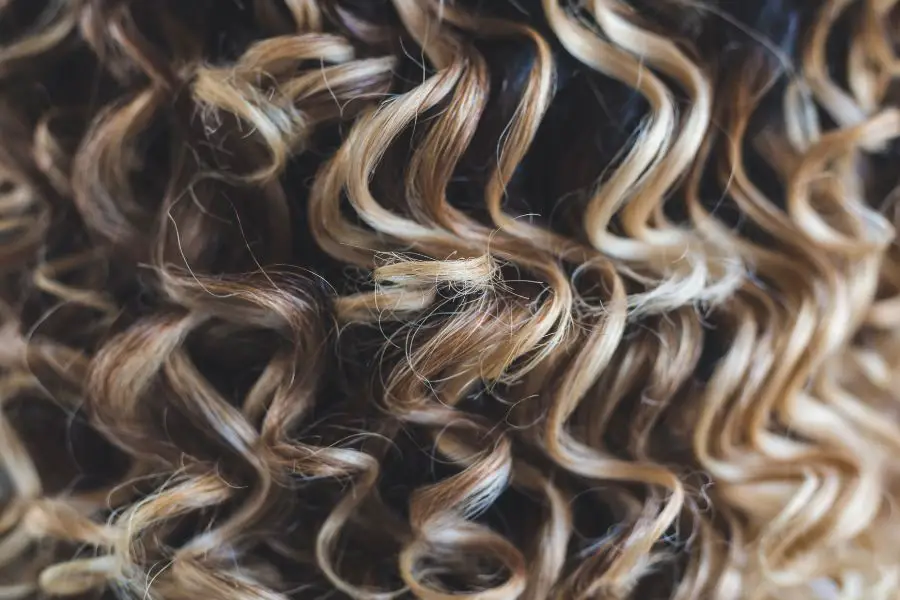
Curly hair comes in various textures and curl patterns. Understanding your curl type is essential before bleaching, as it can affect the results and hair health.
There are three main types of curly hair:
- Wavy (Type 2)
- Curly (Type 3)
- Kinky (Type 4)
| Curl Type | Structure | Characteristics | Bleaching Considerations |
|---|---|---|---|
| Type 2 | Loose, S-shaped | Lightweight, prone to frizz | Lightens more quickly |
| Type 3 | Spiral-shaped | Defined ringlets, retains moisture | Requires extra care |
| Type 4 | Tight, Z-shaped | Highly textured, dense, coily | Most prone to damage |
Each curl type has its own natural pigment. This can impact the bleaching process.
Lighter hair tones need less processing time than darker ones. Keep this in mind to reduce damage and achieve the desired hair color.
Remember, bleaching curly hair requires patience and caution to maintain its health and texture.
Bleaching Curly Hair: What to Know
Bleaching is a chemical process that lightens your hair color. It decolorizes the pigment in your hair shaft.
For curly hair, it’s essential to start with clean, conditioned hair. Use a shampoo and conditioner designed for color-treated hair. Applying a hair mask before bleaching helps protect your locks.
Is It OK to Bleach Curly Hair?
Yes, it’s possible to bleach curly hair without damaging it. It’s still important to be cautious and take steps to reduce the potential permanent damage.
You should also set realistic goals for your desired hair color. Consider consulting a professional to achieve the best results.
Is Curly Hair Harder To Bleach?
Curly hair can be more challenging to bleach than straight hair. It tends to be drier and has high porosity. This makes it susceptible to damage.
Proper care and preparation can help reduce the risks and achieve an even bleach application. This ensures a successful outcome.
Does Curly Hair Stay Curly After Bleaching?
Curly hair should remain curly after bleaching, but it might become looser or more frizzy due to the process.
You should be extra careful to maintain the hair’s moisture and elasticity. Do this by avoiding potential dryness and breakage.
Possible Risks and Damage
Bleaching comes with certain problems and risks, and curly hair is no exception:
- Breakage: Over-processing can weaken the hair’s protein structure, causing it to break.
- Dryness: Bleaching can strip natural oils from your hair, leading to dry, brittle locks.
- Frizz: Excessive dryness can result in frizz and make your curls harder to manage.
- Weak link: If the bleach application is uneven, it can cause differences in porosity and structure between the strands. This creates weak links.
To reduce these risks:
- Follow proper bleaching techniques and aftercare
- Use products designed for color-treated hair
- Avoid over-processing
The Right Products for Bleaching Curly Hair
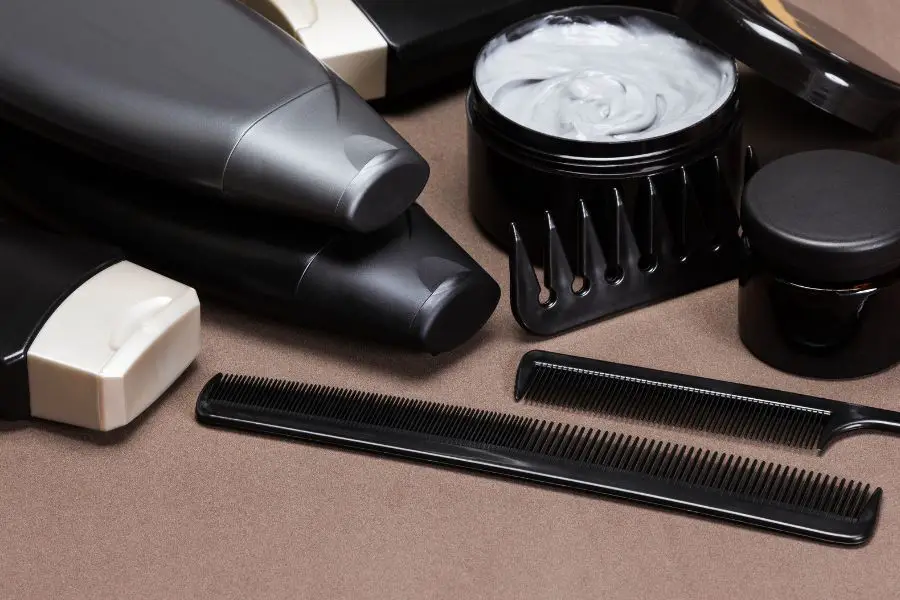
When bleaching curly hair, it’s crucial to select quality hair bleach products. Some reliable options include Redken and bleach powder.
High-quality products can help reduce damage to your curls. Using poor-quality bleach may lead to more harm and undesired outcomes for your hair.
It’s also a good idea to use a purple shampoo after your bleaching process. This product helps neutralize yellow tones and keeps your bleached curls looking fresh and vibrant. Make sure to follow the directions on the label for the best results.
Peroxide and Its Effects
Hydrogen peroxide is a key element in hair bleaching. It helps break down the hair’s natural pigment and lift the color.
When working with curly hair, it’s essential to consider the concentration of hydrogen peroxide in your bleach product.
Higher concentrations of hydrogen peroxide can lighten your hair faster. At the same time, they might also increase the risk of damage to your curls.
To reduce the effects of peroxide on your delicate curls, consider using a pre-bleach treatment.
By mixing hydrogen peroxide with water in a 1:1 ratio, you can prepare your hair for the bleaching process. Apply the mixture to your hair and let it sit for 30 minutes before moving on to the actual bleach product.
How To Maintain Curly Hair Health Post-Bleaching
After bleaching your curly hair, it’s essential to establish an efficient hair care routine to maintain hair health, as follows:
- Detangle your hair while washing; this helps prevent hair breakage and frizzing.
- Use wide-toothed combs or your fingers to separate the knots.
- Avoid overusing shampoos, they can strip your hair of its natural sebum.
- Opt for a gentle co-wash to cleanse your color-treated hair without causing more dryness.
- Avoid brushing your hair when it’s dry to reduce breakage and frizz.
- Limit your use of heat styling tools, as they can exacerbate hair damage.
- Use a silk or satin pillowcase to reduce friction on your hair during the night.
Is Moisture Retention Important?
Maintaining moisture in your curly hair after bleaching is the key to good-looking hair. It keeps your hair healthy and vibrant.
Keep your hair moisturized by incorporating the following practices into your hair care routine:
- Use hydrating products
- Apply hair oil or masks
- Protect your hair from the sun
Pro Tips for Bleaching Curly Hair
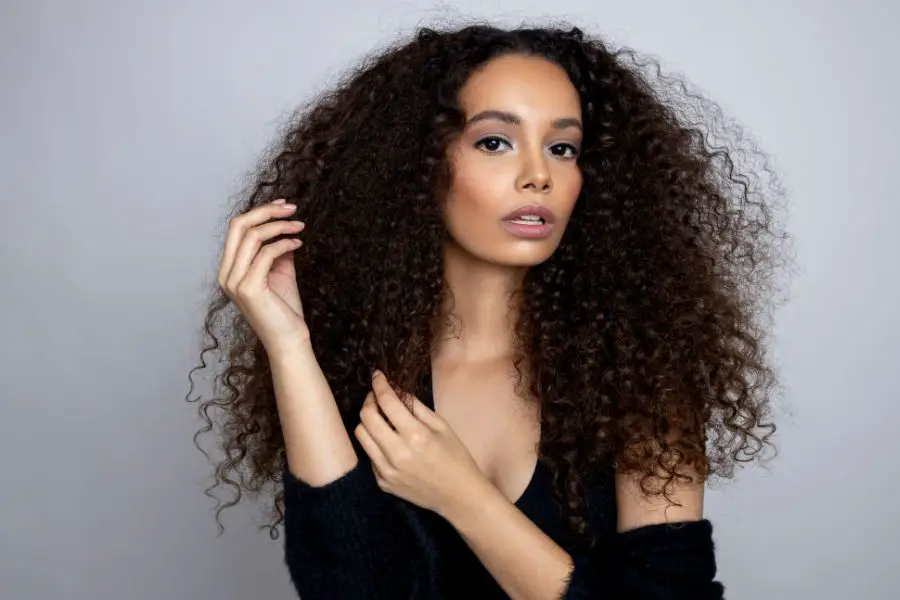
Bleaching curly hair can be a delicate process, but you can achieve beautiful results. Here are some helpful tips for getting the best results while minimizing damage:
- Patch test
- Allergy test
- Hydration
- Clarifying shampoo
- Take your time
- Sections
- Roots last
- Use a brush
- Gloves
- Check regularly
- Use a timer
Patch Test
Always perform a strand test 48 hours before bleaching. This will help you determine how your hair will react to the bleach and how long to leave it in.
Allergy Test
An allergy test can prevent any adverse skin reactions. Apply a small amount of bleach to a discreet area of your skin and wait 48 hours to see if any irritation occurs.
Hydration
Use a deep conditioner a few days before bleaching to ensure your hair is well-nourished and hydrated.
Clarifying Shampoo
Use a clarifying shampoo before the bleaching process to remove any buildup from hair products.
Take Your Time
Avoid achieving a full blonde look in a single session. Schedule many sessions with enough time in between for your hair to recover.
Sections
Divide your hair into four or more sections for easier application, ensuring even coverage of the bleach.
Roots Last
Apply bleach to the ends first and then move to the roots. This helps avoid over-processing the root area.
Use a Brush
A tinting brush can ensure an even application of bleach, helping you avoid spots or uneven color.
Gloves
Wear gloves to protect your skin from irritation while applying bleach.
Check Regularly
Check the bleach every 5-10 minutes to check the lightening process and avoid over-processing your hair.
Use a Timer
Set a timer to keep track of how long the bleach is in your hair, ensuring you don’t leave it in for too long.
Alternatives To Bleach For Curly Hair
There are several alternatives to bleach for lightening your curly hair without causing serious damage. These methods offer a more gentle approach and can help maintain your hair’s health.
Hair Lightening Sprays
If you’re looking for a quick and convenient way to lighten your hair, consider using hair-lightening sprays. These are particularly useful for gradual lightening.
- Sun-In: Reacts with sunlight to lighten hair.
- Purple or Blue Shampoos: Brighten blonde or gray curly hair without bleach.
Natural Methods
For those who prefer a more organic approach, natural methods offer a gentle way to achieve subtle changes in your hair color.
- Lemon Juice: Applied and activated by the sun to create natural highlights.
- Honey and Conditioner: Lightens hair over time.
High Lift Color
If you’re seeking a professional finish without the harshness of bleach, high-lift colors are a viable alternative.
- High-Lift Dyes: Formulated to lighten more than regular dye and are less damaging than bleach.
- Toner: Adjusts the shade of high-lift dye to match your desired hue.
Acidic Solutions
Utilizing the power of acidity, these solutions can both lighten and condition your hair without the need for harsh chemicals.
- Apple Cider Vinegar: Acts as a rinse to lighten and condition hair.
- Vitamin C Treatment: Crushed vitamin C tablets mixed with shampoo can lighten the hair.
Vegetable-Based Dyes
For an environmentally friendly option, consider vegetable-based dyes.
- Henna: Gives hair a reddish tint.
- Chamomile Rinse: Lightens the hue of your hair.
Temporary Color
Temporary color options provide a way to experiment without lasting consequences.
- Hair Chalks: Ideal for short-term color, washes out after one shampoo.
- Colored Mousse: Provides temporary color that washes out after one shampoo.
Professional Treatments
For those who prefer to leave it to the experts, professional treatments offer a high quality. They often offer longer-lasting solutions.
- Balayage: Hand-painted color technique that offers a natural effect.
- Olaplex: A salon treatment often mixed with high-lift color to reduce damage.
Frequently Asked Questions
What is the best at-home bleach for curls?
When choosing bleach for your curls, look for products designed for curly hair. Many brands have lighteners formulated to reduce damage while providing consistent results. Always read the instructions and follow them to achieve the best outcome. Conduct a strand test if you’re unsure about the results.
Are there specific products for bleached curly hair?
Yes, there are specific products for bleached curly hair. After bleaching, your hair may need extra care. Look for sulfate-free shampoos and conditioners that are pH-balanced for curly hair. A deep conditioner can help restore moisture and improve the strength of your hair. Also, consider incorporating hair masks and leave-in conditioners to maintain your hair’s health.
Is hair protein treatment necessary after bleaching?
A hair protein treatment can be beneficial after bleaching. Bleaching can weaken your hair’s protein structure, leading to breakage and dryness. Protein treatments help strengthen damaged hair by filling gaps in the hair’s cuticle. It’s essential to balance protein treatments with moisture-based treatments. This helps you avoid over-proteinized and brittle hair.
How can plex bleach benefit curly hair?
Plex bleaching products, such as Olaplex or similar systems, can benefit curly hair during the bleaching process. These products work by creating bonds within the hair. They reduce the risk of breakage and damage. They can also help to maintain hair’s natural elasticity, which is crucial for curls. Using a plex bleach system can help preserve the integrity of your curls.

